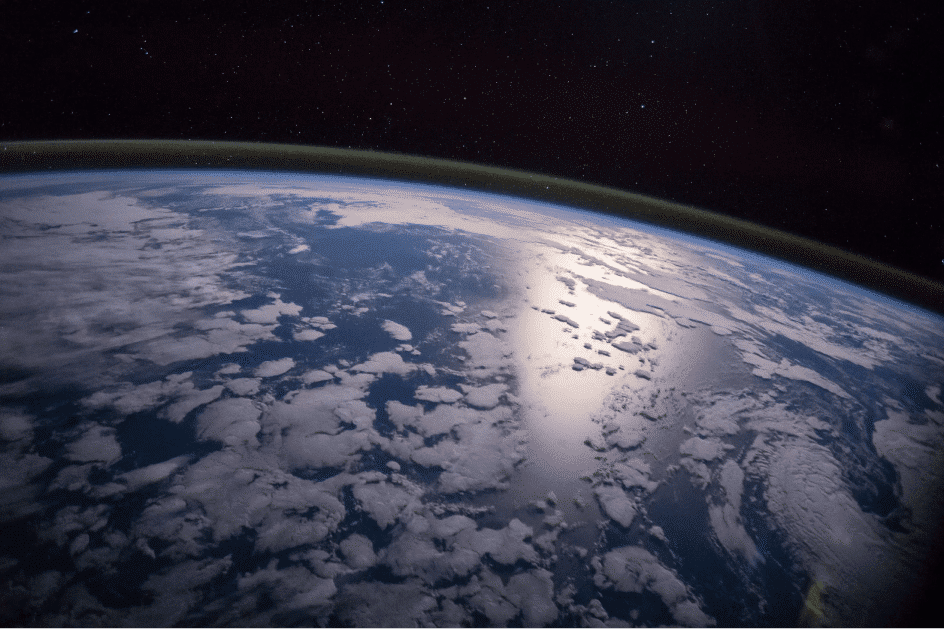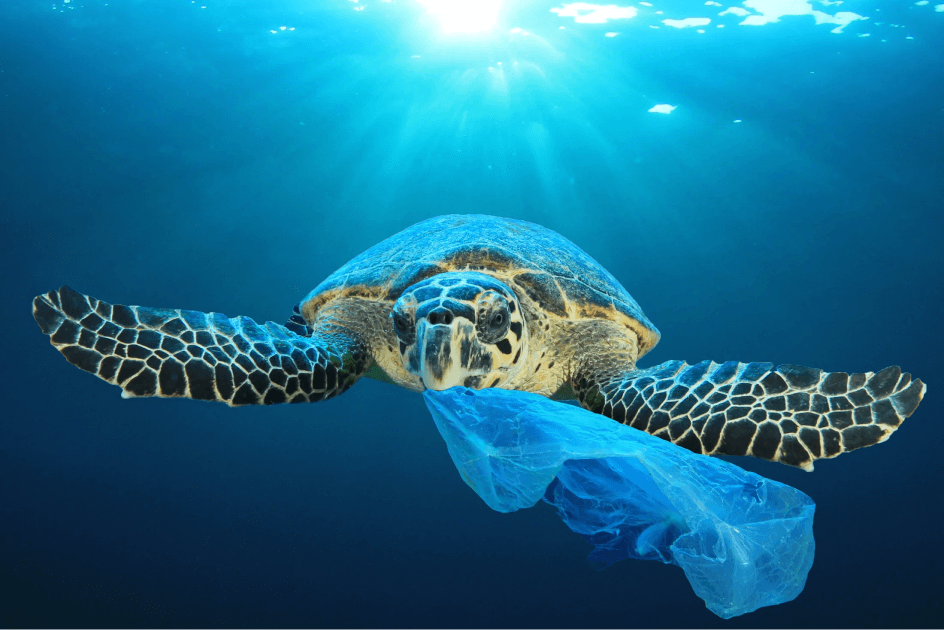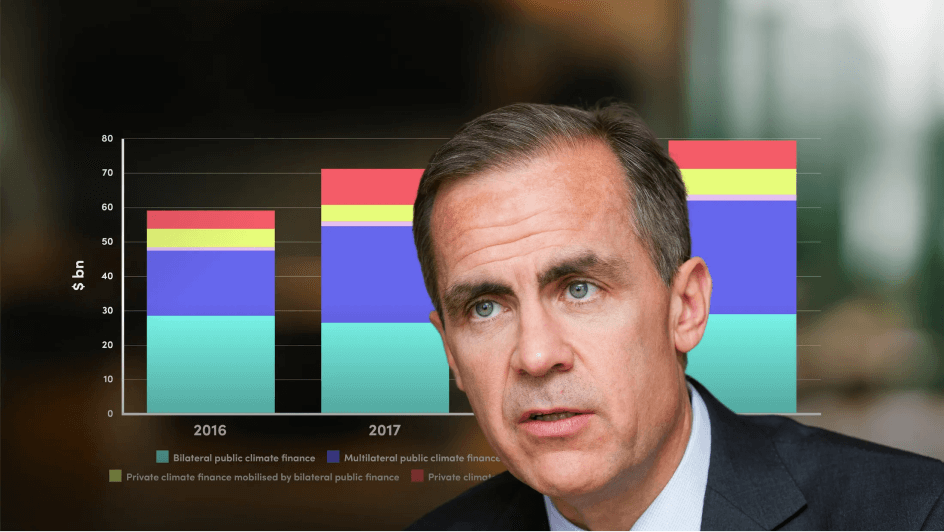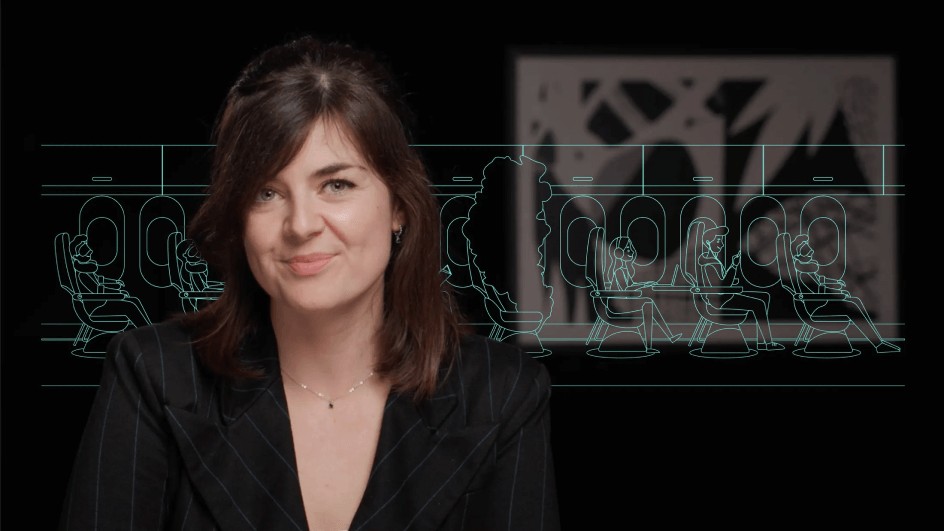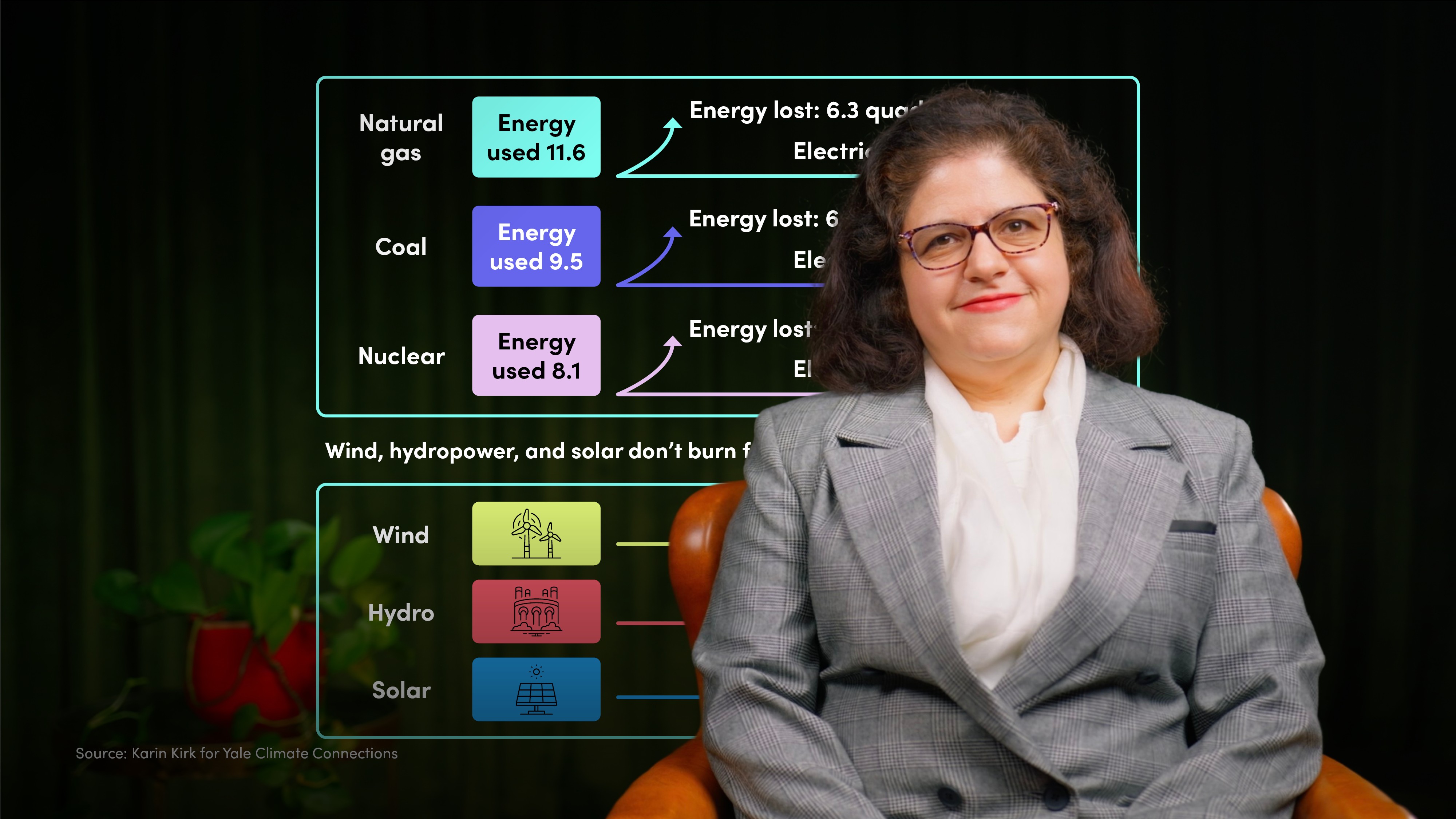
Introduction to the Global Energy Mix

Olivia Oddi
What is the energy mix? Join Olivia Oddi to explore how energy is measured, the inefficiencies in its use, and the fascinating evolution of our energy mix.
What is the energy mix? Join Olivia Oddi to explore how energy is measured, the inefficiencies in its use, and the fascinating evolution of our energy mix.
Subscribe to watch
Access this and all of the content on our platform by signing up for a 7-day free trial.

Introduction to the Global Energy Mix
16 mins 11 secs
Key learning objectives:
Define the energy mix
Outline how energy is measured
Understand how conversions cause energy inefficiencies
Understand how the energy mix evolved
Overview:
Subscribe to watch
Access this and all of the content on our platform by signing up for a 7-day free trial.
- Primary energy: Raw energy sources like coal, wood, or oil before any transformation.
- Secondary energy: Energy converted into usable forms, such as electricity or gasoline.
- Final energy: The energy delivered to and consumed by end users, such as electricity reaching homes.
- Useful energy: The energy that performs the desired function, like light from a bulb or motion from a car engine.
- Thermal power plants: Up to two-thirds of primary energy is lost as heat during the conversion of fossil fuels or biomass into electricity.
- Transmission and distribution: Around 5% of electricity is lost as it travels through power lines due to resistance.
Subscribe to watch
Access this and all of the content on our platform by signing up for a 7-day free trial.

Olivia Oddi
There are no available Videos from "Olivia Oddi"






